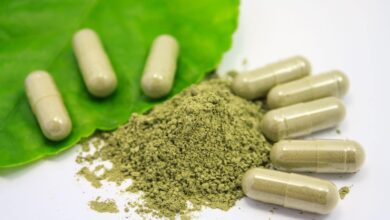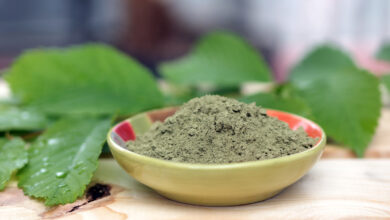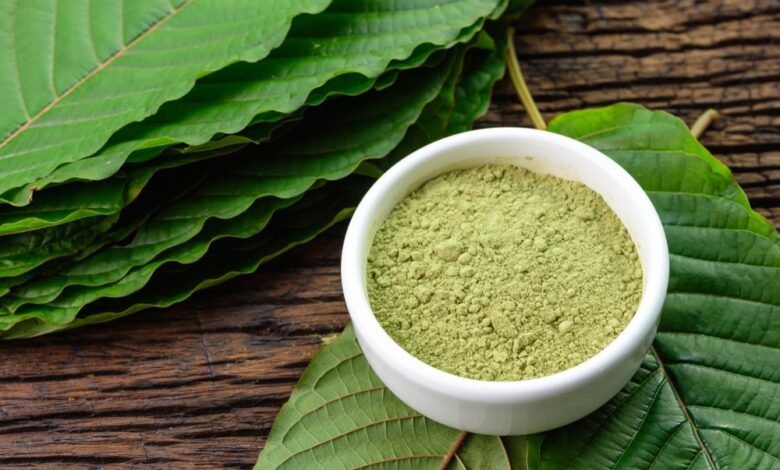
Harvesting the Unique: The Art and Science of Green Horn Kratom
Green Horn Kratom’s name is derived from the distinctive horn-shaped edges of its leaves, a feature that immediately sets it apart from other varieties of kratom. Native to the dense forests of Southeast Asia, it is revered not only for its rarity but also for the unique balance of alkaloids. Unlike more common strains that are widely recognized, Green Horn Kratom enjoys a level of mystery, often held in high regard by traditional kratom users.
The traditional methods of harvesting and processing Green Horn Kratom leaves are integral to its standing as a premium product. Local farmers who have been closely associated with these practices for generations place immense value on the sustainability of the kratom trees and the preservation of their natural environment. They believe that only through time-honored means can the highest quality of this kratom be maintained. This article examines six essential aspects that are deeply rooted in the cultivation and processing of Green Horn Kratom, explaining why this variant continues to intrigue and captivate people around the globe.
The Origins and Cultivation of Green Horn Kratom
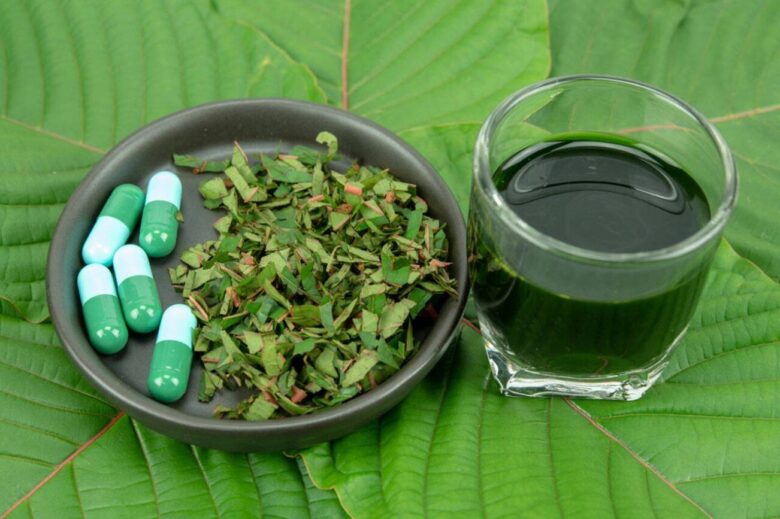
Green Horn Kratom, a potent strain known for its unique alkaloid profile, traces its historical roots back to the dense forests of Borneo, Indonesia. This strain gets its name from the distinct shape of its leaves, which have spikes resembling horns. Cultivating Green Horn Kratom begins with the careful planting of seedlings in fertile, humid soil that mimics its natural tropical habitat. As the seedlings grow into mature plants, farmers must maintain an optimal balance of sunlight and shade, ensuring just the right amount of warmth and moisture. The surrounding environmental factors play a vital role, as the rich biodiversity of the region contributes to the complex chemistry of the leaves. This meticulous cultivation process, passed down through generations, is what allows the Green Horn Kratom to develop its unique properties.
The Harvesting Ritual: Timing and Techniques
When it comes to the precision-driven process of harvesting Green Horn Kratom, timing is of the essence. It is not a simple task of gathering leaves; it’s essential to recognize the ideal time for harvesting to guarantee the excellence and vitality of the product. Traditional approaches are vital here, as they aim to maintain the integrity of each leaf, which is evident in the purity and might of the resulting Kratom. The distinctive Green Horn kratom leaf relies on time-honored wisdom that has been handed down for generations among local farmers to pinpoint the leaves that are ripe for picking. This deep-rooted knowledge, coupled with steadfast methods, ensures that the heart of the kratom is preserved, encapsulating the plant’s full spectrum. By honoring these long-standing customs, the traditional harvesting ritual transcends a mere technique — it embodies a profound bond between the community and their environment, leading to the exceptional character of Green Horn Kratom.
Traditional Drying Practices for Essential Potency
When it comes to maximizing the full potential of Green Horn Kratom, the drying phase of its leaves is a vital step that cannot be ignored. Traditionally, farmers have perfected techniques that are not just about removing moisture, but also about preserving the unique alkaloids that give the kratom its sought-after effects. These traditional drying methods involve carefully controlling the exposure to sunlight, humidity, and temperature – a delicate balance that can significantly affect the concentration and preservation of the plant’s active compounds. It is this complex interplay of conditions during the drying process that determines the quality of the final product. Ensuring that the leaves are dried to perfection is critical in maintaining their potency.
Grinding Methods: From Leaf to Powder
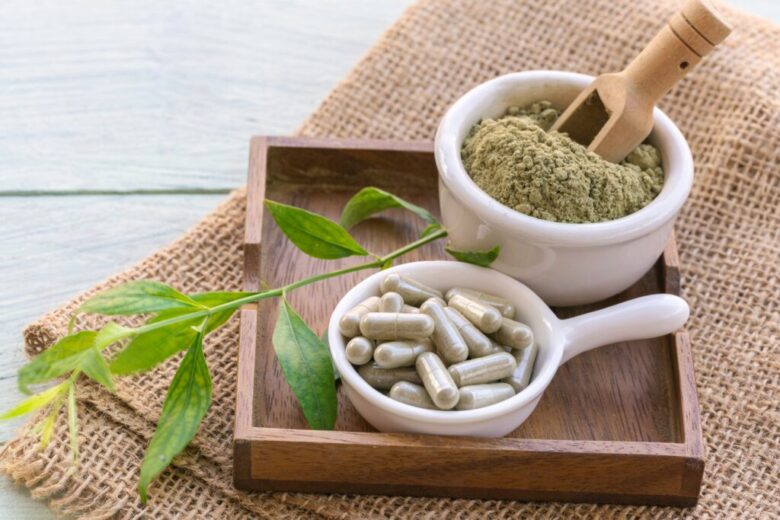
The transformation of dried leaves into the fine, consumable Green Horn Kratom powder is a detailed process that demands both precision and adherence to time-honored techniques. To ensure the highest quality, conventional milling methods are typically used. These techniques have been perfected through generations to effectively reduce the leaves to powder while maintaining their powerful effects. By meticulously managing the milling operation, producers strive for a texture in the final product that not only aligns with industry benchmarks but also fulfills the expectations of customers looking for consistency and effectiveness in their Kratom usage. As with any plant material, the processing phase is key, as it impacts usability, absorption rate, and overall satisfaction with the finished product.
The Importance of Post-Harvest Quality Control
Ensuring the quality of agricultural products doesn’t end at the harvest; it carries on post-harvest with detailed quality control procedures. Traditional processing practices for crops, fruits, and other harvested goods place great emphasis on these quality control strategies to preserve their freshness and usability. Such methods are typically handed down through generations and improve over time, contributing to the cleanliness and strength of local products. In many communities, these techniques are fundamental to the area’s agricultural tradition and are a source of regional pride. Community participation is essential in these quality evaluations, not only for the collective knowledge and expertise it contributes but also because it cultivates a sense of collective ownership over the product. This communal approach guarantees a high level of quality, as the goods often represent the name and standing of the area, motivating everyone to sustain excellence from the moment of harvest through to the final stages of processing. The outcome is a product that reaches the consumer with its desired quality intact.
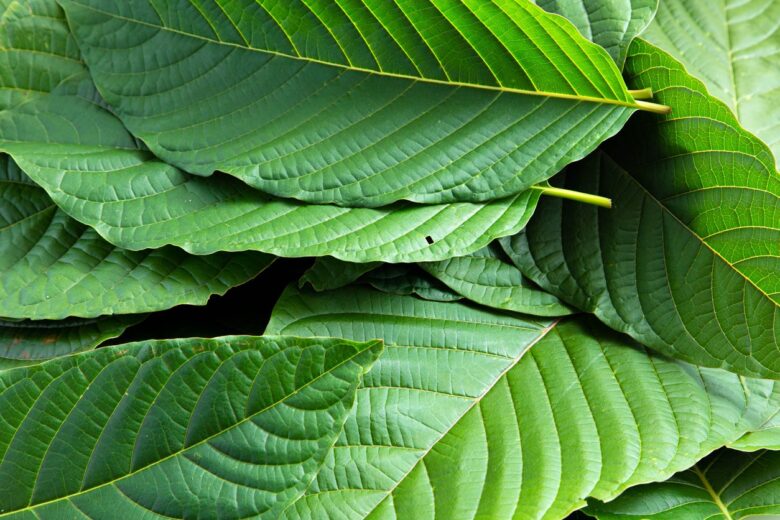
Packaging and Preservation of Green Horn Kratom
Packaging and preserving Green Horn Kratom properly is essential to maintaining its freshness and efficacy. Traditionally, this unique strain of Kratom was wrapped in natural materials such as leaves or cloth to protect it from the elements while allowing it to breathe. For storage and sale, it’s often put in airtight containers that shield it from moisture, light, and air – the main culprits that degrade its quality. To keep the Kratom potent for as long as possible, some sellers use vacuum sealing techniques which prevent oxidation and help preserve the alkaloid content. In local markets where Green Horn Kratom is sold, there is also a cultural appreciation for the aesthetic aspect of packaging. Elaborate and colorful packaging is not just about preserving the product; it resonates with cultural expressions and can often signify the care and value placed on the product by the seller. This marriage of function and form embodies a holistic approach, ensuring that Kratom remains potent and appealing to the consumer’s eye.
In closing, the production of Green Horn Kratom is an admirable example of the harmonious combination of deep-rooted traditions and advanced practices. We have examined the careful ancestral methods applied in harvesting and processing this unique strain, which include the selection of the ripest leaves and the use of delicate drying techniques to preserve its rich alkaloid composition. The preservation of these long-standing rituals is essential for retaining the signature characteristics that connoisseurs appreciate. By blending these practices with modern standards of production, manufacturers guarantee a product of unwavering excellence. This fusion also reflects a broader dedication to sustainable practices and the support of community well-being, demonstrating that the industry surrounding Green Horn Kratom is as attentive to ecological and social responsibility as it is to the kratom leaf itself. Fostering a respect for historical knowledge while incorporating the benefits of contemporary advancements, producers of Green Horn Kratom display an exemplary balance between heritage and innovation.


